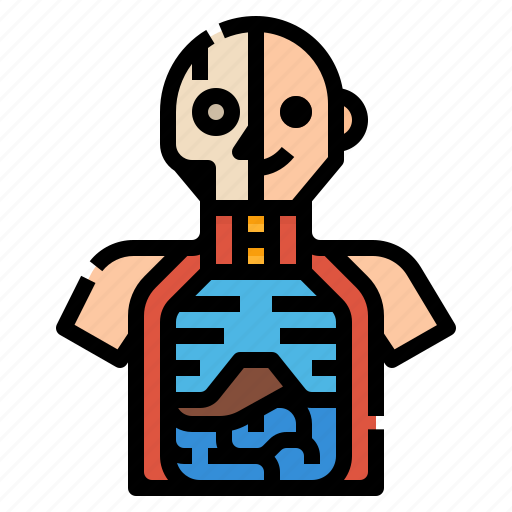The skeleton is the basic skeletal structures that comprise the human body. It consists of muscles, tendons, bones and skin and is the major skeletal structure for all other organs. The skeletal system also includes the nervous and endocrine systems and the respiratory system.
These three vital organs control the human body and they work together as a system. The blood is carried by the red blood cells through the venous system and the lymphatic system and then to the bone marrow to be used for the production of hemoglobin. Once the hemoglobin is in the bone marrow, it is made into myoglobin which then travels through the blood stream and to the other parts of the body. This is how the whole body works.
Muscles are also present in the body and are responsible for a lot of different functions such as for walking, running, jumping, carrying weights and performing exercises and movement. They also help with breathing and the production of hormones.
The spine is also an important part of the skeletal system and it is responsible for all movements that involve the use of the body. The vertebrae are the bones of the spine that connects the bones to the discs. There are different types of vertebrae in the spine that are responsible for the different spinal movements.
The brain is another very important part of the skeletal system and is responsible for the processing of information from the senses of sight, smell and touch and also for learning, memory and thinking. In addition, it plays a role in the production of emotions and is responsible for the transmission of impulses and messages between the brain and various other parts of the body. The central nervous system also contains the optic nerve, which transmits images to the brain.
The endocrine and immune systems are also part of the nervous system. The endocrine system is responsible for controlling many of the functions of the human body such as the production of hormones such as glucose and insulin, the production of proteins, the production and release of steroids, the development of cells and the regulation of blood pressure.
The other parts of the body have their own specific functions and are not related to any other parts of the skeletal system. The skin is responsible for protection against bacteria and infection and is necessary for protection from heat and cold and is also responsible for removing toxins from the body. Blood is the main carrier of nutrients, oxygen-carrying cells, nutrients and energy for the body’s cells and is responsible for maintaining a proper blood circulation.
Blood vessels are also part of the skeletal structure and they carry nutrients and oxygen to the different parts of the body. Blood vessels also transfer blood from one organ part to another. This is why blood tests are normally carried out during a check up and a physical examination of the patient.
Muscle is a very important part of the skeletal system as it is responsible for movement. Muscles are also made up of a very large number of fibers. The two primary muscles in the body are the thigh muscles which are responsible for walking, running, climbing, and lifting weights and is made up of five major muscle groups namely gluteus, rectus abdominis, pectoralis, levator scapulae, infraspinatus, and transverse abdominis. These muscles control and stabilise the entire body while being active. The quadriceps muscles are the largest muscles in the body and also includes the gluteal muscles.
Skeletal structures are also divided into several sections. The three most important parts of the skeleton are the skull, the thoracic region, the cervical region of the spinal cord.
Bones are also called bones and these are made up of cartilage and mineralized tissue. Cartilage is found in the middle section of the spine and the thoracic region. The upper and lower bones are formed when the ends of long bones join together at the ends of the vertebral column. The cervical vertebrae are the ends of the long bones and the cervical region is the base of the skull.


